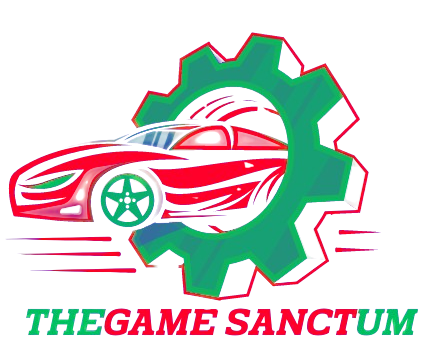A skills matrix is a tool that visually represents the competencies, qualifications, and proficiencies of employees across an organization. It’s essentially a grid or chart that enables managers and leaders to understand the range of skills possessed by their teams, helping them make informed decisions about resource allocation, development programs, and project management. The value of a skills matrix lies in its ability to clearly display the strengths and gaps within a workforce, aligning employee expertise with organizational needs, thus enhancing both productivity and employee engagement.
In its simplest form, a skills matrix consists of a list of employees down one side and a list of skills or competencies along the top. Each intersecting cell between an employee and a skill is filled in to show that employee’s proficiency in that area, which is typically ranked on a scale. This might range from beginner to expert, or it may be represented by levels such as novice, intermediate, or advanced. Some matrices are more detailed, incorporating dates of certification, training completion, or even qualitative feedback from supervisors. The matrix, therefore, is a flexible and adaptable tool that can be tailored to fit the specific needs of an organization.
Beyond its technical structure, the Skills Matrix real power of the skills matrix lies in its applications. It provides managers with a clear overview of the team’s abilities, helping to ensure that projects are staffed by individuals whose skills align with the tasks at hand. For instance, if a company is about to embark on a new digital transformation project, they can quickly see who within their team has the necessary skills in software development, data analysis, or change management. This way, the matrix not only helps to allocate resources effectively but also ensures that the right people are in the right roles, boosting overall efficiency and output.
However, the skills matrix isn’t solely about assigning tasks and projects. It’s equally a tool for identifying skill gaps within a team or organization. By looking at areas where fewer employees possess certain key competencies, leaders can determine where training or upskilling initiatives should be directed. For example, if a team is low on advanced data analysis capabilities, it might signal a need for immediate investment in data training programs to avoid falling behind in an increasingly data-driven world. This proactive approach ensures that skills are constantly evolving in line with industry trends, making the workforce more adaptable to change and innovation.
Moreover, a skills matrix plays a vital role in individual development and career progression. Employees can see where they stand in relation to their peers and identify areas for growth. The matrix can thus be used as a tool in performance reviews or career discussions, helping employees set goals that are aligned with both their personal aspirations and the company’s strategic objectives. A clear picture of their current skill set and the opportunities for improvement can boost motivation and job satisfaction, as employees feel supported in their professional development.
The matrix is also a powerful tool for workforce planning and succession management. When senior employees retire or move on to new roles, there is often concern about a “skills vacuum.” The matrix can help identify emerging leaders or employees with the potential to take on more responsibility. It also helps in ensuring that critical knowledge isn’t lost during transitions, as it provides a clear understanding of who has the expertise to mentor or replace key figures in the organization.
In conclusion, a skills matrix is far more than a simple chart of names and competencies. It serves as an essential strategic tool for workforce management, development planning, and resource optimization. By making skills visible and trackable, organizations can make informed decisions about training investments, project staffing, and long-term talent development. This leads to a more agile, capable workforce that is better equipped to handle future challenges while keeping employees engaged and on a path of continuous improvement.

